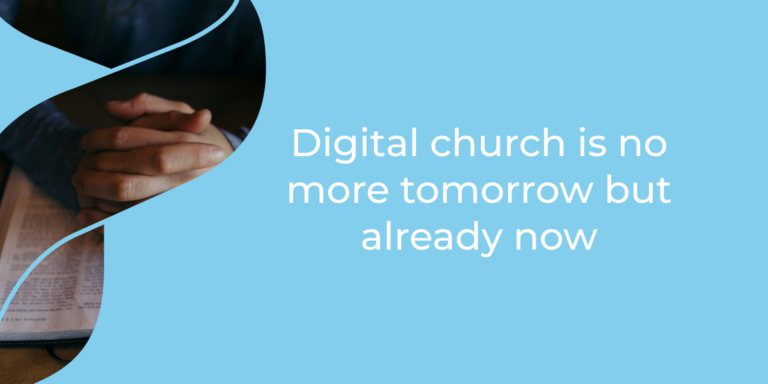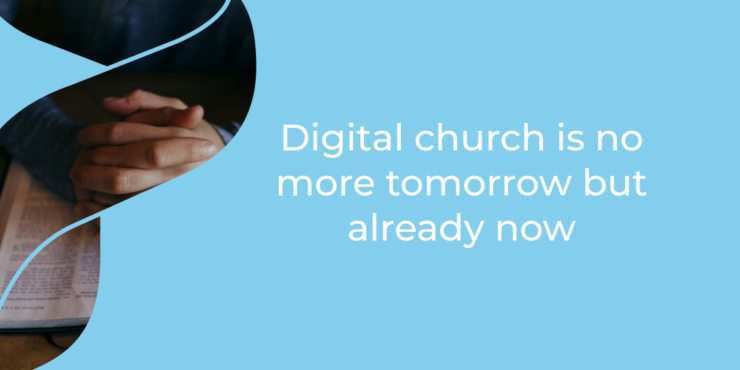What do I have on today? Every morning, this is perhaps the most commonly requested question – and not just by women.
The clergy also have differing viewpoints on how ornate their vestments should be. Last year, a priest and designer in Poland created a stir with a fashion display for liturgical apparel, which was notable not simply for its vibrant colors.
One thing is certain: wearing a robe denotes that the ceremony is apart from regular life. It’s all about God, a festival held with and for him! The gown also indicates that the priest or deacon is representing a distinct office rather than himself. He wears the robe, and he wears the robe. For more about Church vestments, visit Watts and co.
For example, a priest wears five distinct pieces of clothes for Mass, all of which have different titles. However, there’s more:
The 17 most significant sections and their meanings are shown in our dictionary.
Alb

Under the dalmatic or casel, deacons and priests wear a white, floor-length garment with sleeves. It has a christening gown feel about it. Because all vestments of acolytes, lecturers, and communion assistants are ultimately derived from the alb, even lay persons can wear one during liturgical services.
Birett

Four or three arched attachments on a square hat. Cardinals wear red, bishops wear purple, and cathedral capitals wear purple. It is mostly worn while sitting or walking, never when one is standing. Priests can wear a rare dark biretta.
Casel
A priest or bishop wears a sleeveless chasuble with open sides over his alb, each in the liturgical color of the day. The fair robe is exclusively worn during Eucharistic celebrations, not for devotions and liturgical services, baptisms, or marriages without a mass, as the name implies.
Mantle for the choir

Priests and deacons wear a floor-length cloak in the liturgical color of the day over their gowns and rochettes during services, processions, and funerals.
On the other hand, a choir robe is a garment worn specifically by members of the choir. It is not necessarily floor-length and may come in a variety of styles, colors, and fabrics. Choir robes are often worn during special services, performances, and religious celebrations, and they symbolize unity, harmony, and the collective spirit of the choir.
Choir robes are a significant part of church attire, often worn during special services, performances, and religious celebrations. They symbolize unity, harmony, and the collective spirit of the choir.
For a wide range of styles, colors, and fabrics, one of the leading online platforms is mychoirrobes.com. This platform caters to the diverse needs of church choirs worldwide, offering both traditional designs and contemporary styles. Moreover, it ensures high-quality craftsmanship and durable materials, allowing choir members to focus on their performances without worrying about their attire. The platform also offers customization options, enabling choirs to add personal touches to their robes and reflect their unique identity.
Dalmatic
During a mass, a deacon’s top garment is colored according to the liturgical color of the day. She wears sleeves and is generally shorter than Casel the priest.
Miter

During a festive service, bishops, abbots, and some prelates wear a headpiece with two points that taper to two points. It has risen and fallen over history, and since the Second Vatican Council (1962-1965), it has mostly returned to its original size.
Two fabric strips reach up to the shoulder on the back. Many people don’t understand why the bishop or abbot wears the miter on and off throughout the ceremony. When he turns to the congregation or to a person (for example, at a confirmation or ordination), he always wears the miter; when he turns to the altar, which represents Christ, he does not.
Mozzetta
As depicted in the three photographs below, cathedral capitulars (purple), bishops (purple), cardinals (red), and the Pope (white) wear a shoulder cloak over their gown and rochette.
Pallium

A slender white woolen scarf embroidered with six black crosses that is worn over the casel. The archbishops’ sign is the pallium. The Pope bestows it on all newly created metropolitans, i.e. archbishops who govern over an ecclesiastical province, once a year.
Pileolus
Only bishops (purple), cardinals (red), and the Pope (white) wear this little skull cap. Abbots can wear a black pileolus, whereas Premonstratensians wear a white pileolus, as does the Pope.
Rochette
A white shirt-like garment used over the gown or cassock in church services, as well as by lay individuals conducting liturgical duties at the altar area.
Shawl

It is worn over the shoulders beneath the alb for protection and to prevent ordinary items from protruding from the alb’s neck.
Cassock
The Pope in white, a cardinal in red or black with 33 light red buttons (one for each year of Jesus’ life), a bishop in purple or black with 33 ruby red buttons, cathedral capitals in purple or black with purple buttons, and a priest in black all wear a floor-length gown with sleeves.
Shawl
A shawl-like garment that, when worn over the priest’s neck, can stretch in two strips to approximately the knees and carries the liturgical colour of the day. It is understood as Christ’s “yoke,” or as a sign of his service. It is worn at mass under or over the chasuble for every worship service, including confession and benediction. Deacons wear a cross stole over their left shoulder.
Gown
A mainly sleeveless undergarment used under a rochette in church services by clerics in black and laypeople in liturgical colors.
Tiara

The Popes’ symbol is a three-tiered crown. It was first worn by Pope Paul VI in 1963, but he no longer wears it. Popes are no longer crowned nowadays.
Velum
When wearing the monstrance, clerics traditionally wear a shoulder-length cloak over the choir cloak. When holding a bishop’s staff and miter, acolytes may also wear a velum.
Cingulate
A white cloth belt that is knotted around the alb or around the cassock of priests, bishops, cardinals, and popes in a broader form and similar color.
Last Few Words to Say
Wearing certain clothing to church has been customary for a long time. Although the fashion has altered throughout time, priests, nuns, fathers, and religious servants continue to wear these garments as their uniform. Although most individuals are no longer thrilled about wearing such attire, many do so as a sign of respect for Jesus.










